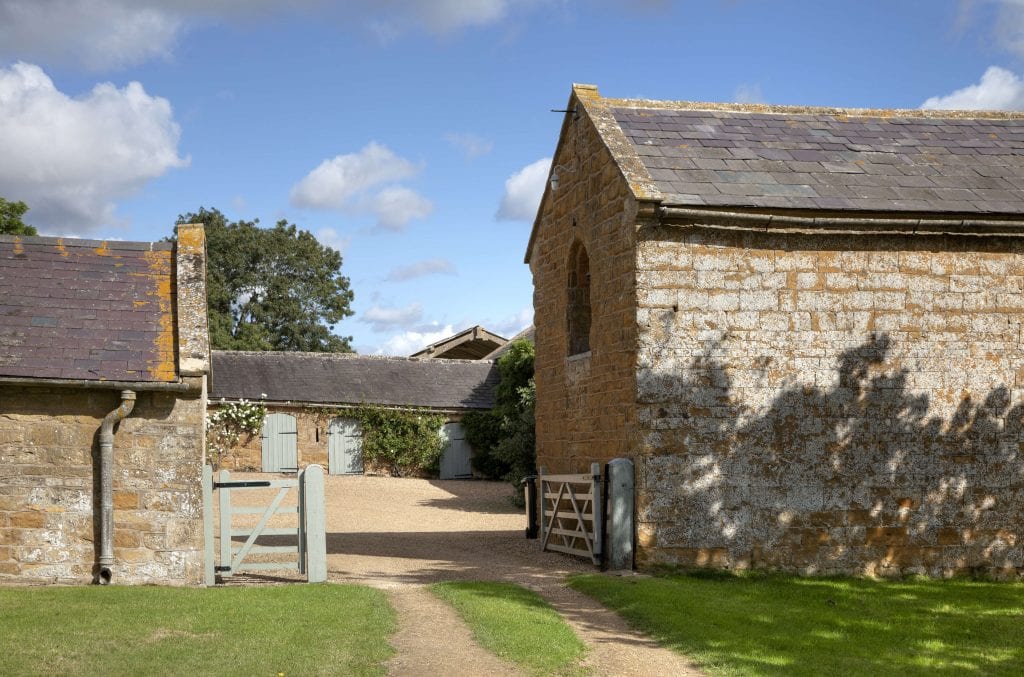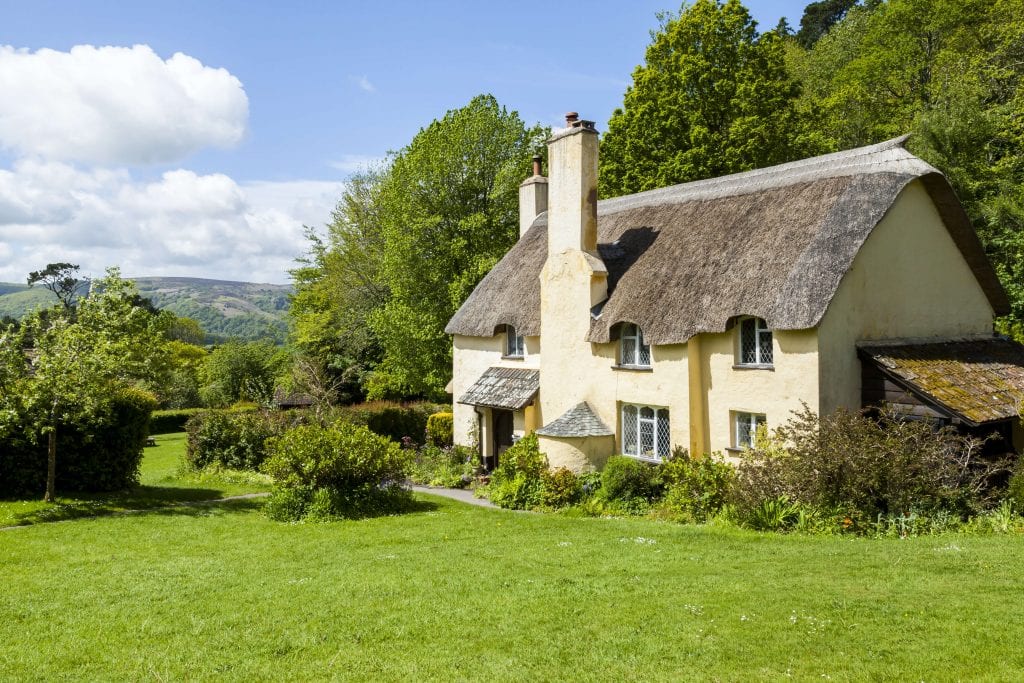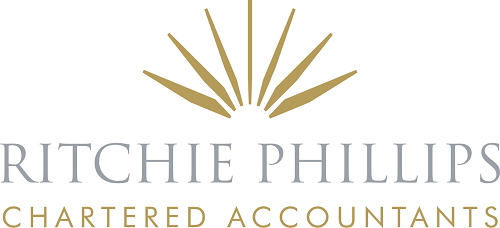In an interesting recent development, Agricultural Property Relief (“APR”) for Inheritance Tax (“IHT”) was officially extended to include vineyards and wineries. Given the success of the English wine industry, it will be no surprise that the tax code has caught up with the real world.

But first, what is APR?
In summary, APR is the tax relief given for IHT purposes on land occupied for the purposes of agriculture, together with related buildings and houses used in conjunction with that land. There are time ownership requirements: two years for owner occupiers and seven years for tenanted farmland.
There is then the rate of tax relief: 100% if the land is in-hand or let on a Farm Business Tenancy or if vacant possession can be obtained within two years, and 50% in most other cases. The tax legislation does not define “agriculture” but it is normally taken to include horticulture, fruit growing, rearing of livestock or fish, together with any woodlands ancillary to the farming operation.
What has changed?
The guidance from HM Revenue and Customs has been updated to confirm horticulture, or in their words “cultivation to produce food for human and animal consumption” now includes the clarification “’food’ in this context would include, for example, grapes grown to produce wine and apples grown to produce cider”.
This is, of course, welcome news given the increasing acreage made over to wine production in South East England. With Sussex and Surrey being the perfect location to produce outstanding wine, it is no wonder there are over fifty wineries including a number of well-known names such as Denbies, Ridgeview, Bolney, Wiston, Tinwood and Nyetimber.
So what does that all mean?
Whilst each of these businesses will benefit from this clarification when assets are gifted in lifetime, on the passing of an individual or when put into trust, more significantly this tax relief contributes to the continuity of the business as it passes from one generation to the next and the livelihoods of those involved.
Does APR include farm buildings?
Farm buildings used as part of the winery will qualify for APR. However derelict farm buildings do not qualify for APR as they are not being occupied for the purposes of agriculture. This may be particularly relevant if a farm is transitioning from traditional horticultural use to being a winery and not all the farm buildings are used in the wine making business.

And what about the owner’s house?
The test for whether the owner’s house is of “character appropriate to the property” requires consideration of four factors:
- Is the house appropriate by reference to its size, content and layout with the winery buildings and the size of the vineyard?
- Is the house proportionate in size and nature to the requirements of the winery?
- Would the educated rural layman regard the house as the core of the winery or just a large country house with land purchased for lifestyle reasons?
- How long has the house been associated with the land and is there a history of horticulture?
The winery owner’s house should therefore qualify for APR if of a character appropriate to the vineyard, provided it is where the wine making business is controlled from.
Also, when a wine making business transitions from one generation to the next, there is a risk the house may, in fact, have become a retirement home and is no longer the centre of operations for the winery. The next generation may need to occupy the house if they are continuing the family winery business with the older generation moving to a different and perhaps smaller property on the vineyard or elsewhere.
Are farm cottages within APR?
Cottages on farms can also qualify for APR, usually at 100%, provided they meet the “character appropriate” test and an occupation test. Employee occupied houses qualify as do certain others.

How are borrowings treated?
The old rules provided that borrowings, even if used to acquire property qualifying for APR, would be deductible against the asset on which it was secured. Established borrowing continues to be treated under the old rules.
From 6 April 2013, where new borrowings are taken out or existing borrowings are refinanced, the borrowing is set against the assets qualifying for APR to the extent the borrowings were used to acquire the APR qualifying property.
What are the APR dangers?
There are some. The most obvious in a wine making business is APR will not be available if there is a binding contract for sale of the property in the partnership or shareholders agreement, but this can usually be avoided by having in place buy and sell option agreements.
What if the farmland and buildings have development value?
APR is only given for the agricultural value of the property as opposed to the open market value of the property. Sometimes these amounts are the same but sometimes HMRC insist on agricultural value being 60-70% of open market value even though there is no such standard discount. Each case will need to be considered on its merits.
If, however, the land has hope or development value, particularly if the vineyard is next to a built up area or could be the next strategic site in a local authority approved plan, the excess value over the agricultural value will not attract APR. The position may however be saved by Business Property Relief, another form of tax relief for Inheritance Tax relief purposes, if the land is used in the owner’s own trading business.
